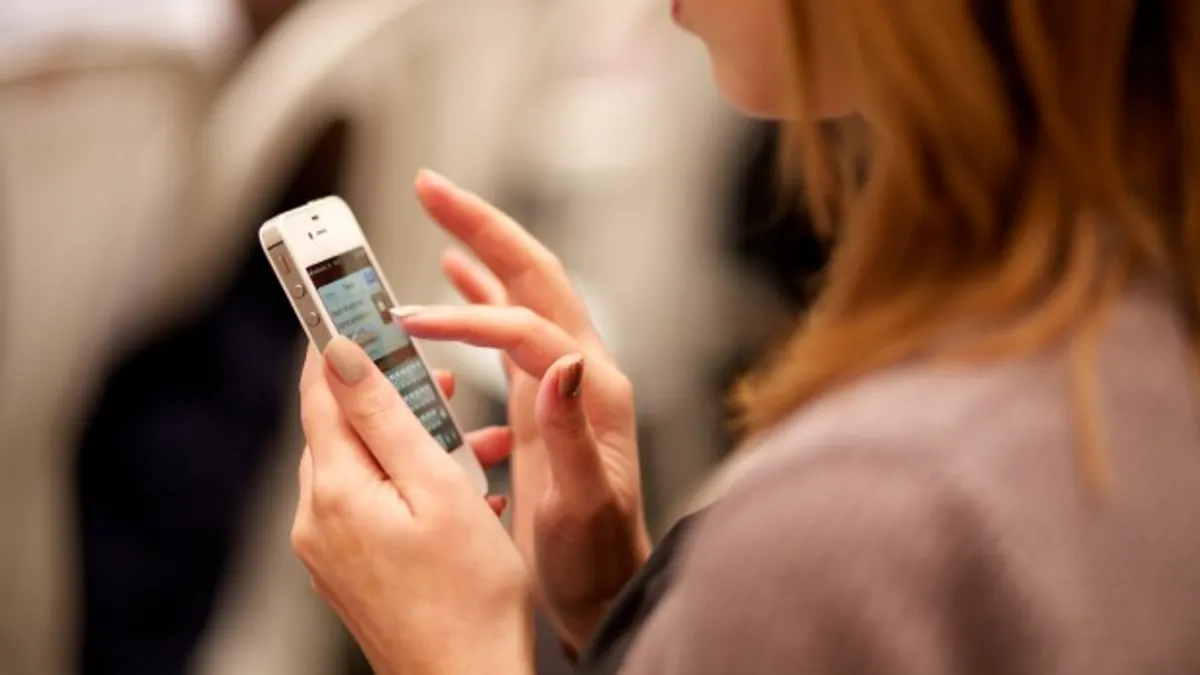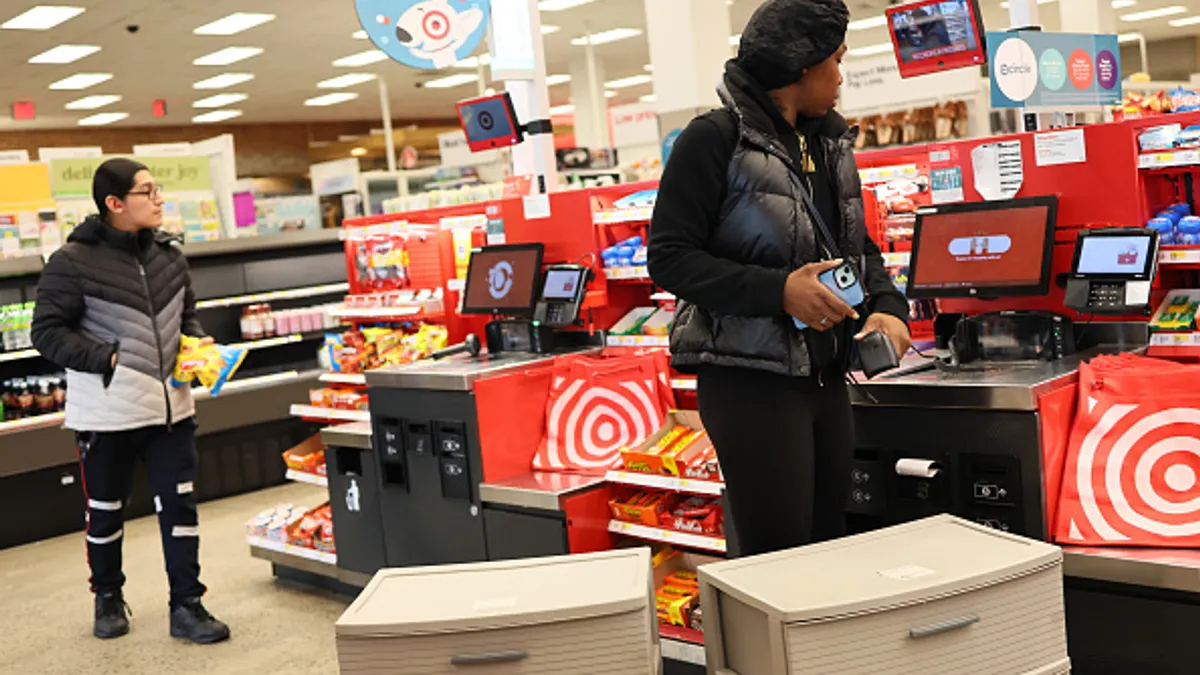When choosing a wellness solution, accessibility is paramount.
According to Maayan Cohen, CEO at Hello Heart, a provider of a mobile solution for hypertension and heart risk, mobile apps for wellness and disease management take accessibility for employees to the next level. They help employers avoid discrimination challenges, but, even more importantly, they ensure employers maximize employee enrollment, engagement rates and – most likely – the bottom line too.
Tools like Hello Heart, Retrofit, Omada, Doctor on Demand and others enable employees to enroll and participate in wellness programs using only their mobile phone. Cohen explained three surprising reasons why these new mobile therapeutics improve wellness program accessibility.
Overcoming the mobile phone accessibility myths
Executives often choose programs based on false information, Cohen explains, and one of the biggest myths is that web-based programs offer the most accessible platform to employees.
“Mobile platforms are dismissed due to the false belief that employees of lower socioeconomic status will be unable to access them,” she says. The myth-busting fact is that programs running on a web platform are actually less accessible than mobile solutions. Why? Because fewer people have access to a computer at home than mobile phones, especially among minority groups and low-income households.
Current statistics reveal minority employees and those with low income and education levels are particularly likely to be smartphone-dependent, meaning they do not have internet access at home and have few options for getting online other than their cell phone.
- 13% of Americans making less than $30,000 per year are smartphone-dependent, compared to only 1% of those earning over $75,000
- 12% of African Americans and 13% of Latinos are smartphone-dependent, compared to 4% of whites.
- Overall, 10% of Americans own a smartphone and have no other form of high-speed internet access at home.
These numbers continue to grow in significance as desktop ownership wanes and mobile device use tops the charts, Cohen says. As of 2015, 92% of Americans owned mobile phones. When you factor in the reality that this number also includes older employees, it means that almost the entire U.S. workforce has access to mobile phones. With this platform reaching nearly the total population, mobile solutions are clearly the optimal method to achieve maximum employee accessibility.
Perfect solution for decentralized employers
Cohen says the next obstacle often encountered by wellness executives is how to reach remote employees. With telecommuting opportunities and new employment matrix systems increasing in popularity, more and more businesses are becoming decentralized. This new structure is the perfect environment for mobile therapeutics. Businesses can enroll employees in the program easily and keep them engaged over time, even if they don’t come in to a central office every day.
Cohen point to a case study from Hello Heart that demonstrates this effectiveness. The client, Ovation, a self-insured employer and decentralized organization with employees working in hundreds of locations across the country, rolled out the Hello Heart program in January 2016. From the start, 35% of the employer’s employees enrolled through the use of targeted digital marketing. Of this 35%, 29% signed up following an enrollment email, and 6% enrolled after receiving a follow-up postcard.
Further demonstrating its accessibility, the Hello Heart program offered easy 100% mobile enrollment, and 95% of interested Ovation employees successfully enrolled without any other assistance by using an app on their phone.
Engaging employees with the most ubiquitous platform existing today
“Most people hate learning how to use new software, and many IT implementation projects in large organizations are painful because of it,” Cohen says. “Savvy business executives understand that they don’t need to re-invent the wheel.”
Instead, she says, they can leverage technology platforms their employees already use every day to enroll them in new wellness programs. Mobile phones are the ideal platform for wellness programs due to their established acceptance and high level of use.
“They are the most widespread platform that exists today,” she says. For example, employees are on their phones an average of 4.7 hours per day; 52% of smartphone users check their devices at least a few times per hour; Employees look at their phones an average of 46 times per day, and most Americans have their smartphone with them all day, and many all night too.
She says trends in cell phone use make them particularly conducive to wellness program apps, as 89% of the time mobile users spend on media is through mobile apps and 62% of smartphone owners use their phone to look up information about health conditions.
“Clearly, employees are already hooked on their mobile devices,” she says, adding that wellness programs requiring employees to attend meetings, travel to the office, or visit a wellness center often fail to engage.
“HR and benefits leaders who don’t explore the option of using mobile therapeutics in their organization miss out on a very ubiquitous platform that greatly increases the accessibility of wellness offerings to employees,” Cohen concludes.





















